(The Library: Article)
I here continue my series of articles about Castles and Fortifications, which I have previously published. I originally intended on having a single article but the topic is so large that some people recommended me to divide into multiple smaller articles. Check Part II here. I think this advice was wise because otherwise, I would still be editing the one and only monolithic, "castle"-like article and it would have been too large!
Well, if I need to be exhaustive, I would never finish my articles! But if I must talk about fortifications, while mentioning the Walls of Babylon in my previous article, it would be incorrect not to mention the Great Wall of China. It fits the definition of a fortification after all, offering protection from invaders, built with stone and it once represents an anachronistic jump (a jump back in time). But first, let's take a look at how palisades were built without stones:

The construction of the palisade with earth and wood. We can also see that the earth excavated is what creates the ditch. This weaker and cheaper and earlier construction technique was later replaced with walls made of stone. The cost of stone castles was also higher for obvious reasons. We can see above how the palisade was built segment by segment and how it was filled with earth along the way, creating the ditch. For more about medieval construction techniques and about medieval weapons, check this link (1).

Great Wall of China (7th Century B.C.)
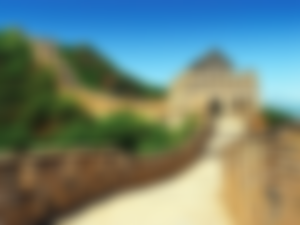
Its reputation precedes it and thus the Great Wall of China needs no introduction. The age of this wonder dates back to the 7th century B.C. It is not counted in the classical 7 Wonders of Antiquity but is nonetheless a monumental human achievement. Later, those individual sections of walls were tied together. The wall is punctuated by multiple forts. One of those forts is named Jiayuguan (Jiayu Pass):

The Great Wall of China has many more such fortifications along its 21,196.18 km of walls.
Château de Suscinio, France (start of 13th century)
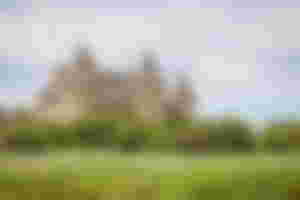
This restored castle was inhabited by the Tudor family and has a history that blends the personal aspects and also the aspects of the land that hosts it. Among the tales is the War of the Roses (2) and those medieval tales are not fantasy, but the reality that we inherit today.
Fenis Castle, Italy (1242 to the 14th century)

Located at the Northern tip of Italy, bordering France, Fenis castle is smaller than others seen previously my articles (such as Windsor Castle and Carcassone) but the colour of its stones and smaller walls surround the more impressive keep and towers.
Château de Quéribus, France (13th century)

Named one of the "Five Sons of Carcassonne", together with Aguilar, Peyrepertuse, Termes and Puilaurens, this fortress is impressive given its location, perched atop the mountains at an altitude of 728 m. It has visibility for miles around it and was used to defend France from Cathars invasions coming from Spanish lands.
Hluboká Castle, Czech Republic (later half of 13th century)
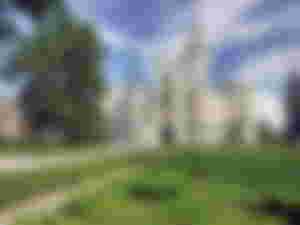
Beginning with a Gothic castle in the 13th century, Hluboká was later transformed during the Renaissance period, only to be restyled in Baroque later. It is a prolific tourist attraction, ranking among of most visited of the world. It undoubtedly bears little resemblance to its earlier looks but it remains a historical site and a beautiful castle even today.
Harlech Castle, Wales (1282 to 1289)
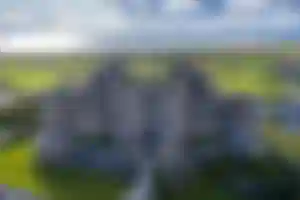
Harlech castle, like many others displayed in my articles, has a long history. Overlooking the Irish Sea, it even has a song dedicated to it: "The Men of Harlech" (3). Parts of its history is also intertwined with the War of the Roses discussed previously with Suscinio castle.
To indicate more about the myths surrounding those impressive military fortifications, it is interesting to note the names given to the inner towers: La Prisontour, Turris Ultra Gardinium, Le Wedercoktour and Le Chapeltour. From etymology, we know that one is named after a prison (Prisontour), one was probably used as a Chapel (Chapeltour). Many interesting architectural features are present also, such as semi-circular door arches, the window's styles, the corbelled towers and more.
Restormel Castle, England (Late 13th century)
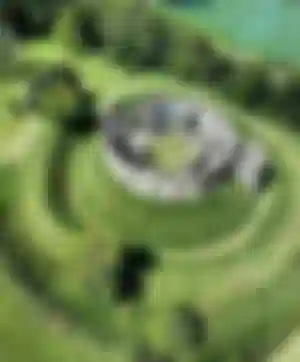
This circular shaped castle, from Cornwall, England is one of the four chief Norman castles. (4) It is one of the examples of circular shell keeps and not many exist.
The walls are up to 2.4m thick and 7.6m high and they allow for a circular walk around the castle, on top of the wall. The ditch surrounding it is 4m deep. It's history is rich and associated with many historical Norman and English characters.
Himeji Castle in Himeji, Japan (1346)
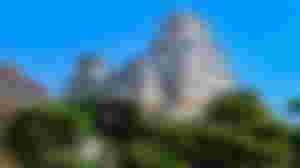
The beautiful Japanese castle also known as "White Egret Castle" or "White Heron Castle" takes its name from the white facades as well as to its appearance like that of a great bird taking flight.
The castle was originally built around 1333 on the hilltop where it still stands and was rebuilt in 1346. Two centuries later, it took on its more definitive appearance. Also called a complex, the castle comprises 83 rooms and multiple entrances. It is one of the World Heritage Sites.
Bran Castle in Bran, Romania (1377-1388)

Also known as Dracula's castle in Transylvania, this castle was the inspiration behind Brahm Stoker's Dracula. However, the real castle bears no resemblance to the one described by the author.
Building on an older fortification erected by the Teutonic Knights in 1212, it will only be a century later, in the middle of the 14th century that the construction in stone is allowed by Louis I of Hungary. The name Dietrichstein (Dieter's Stone) stuck with the emplacement.
Château de Pierrefonds, France, 1393

The life of this castle was tumultuous to say the least. Built on the site of a previous 12th century castle, it was erected in 1393 and rebuilt for the next 14 years. The official records of France, records it as being born in 1397 (1) Two centuries later, it would fall prey to a siege and the assailants, victorious, would proceed to demolish the castle.
As much as building a castle, demolishing one is also quite a task and requires a lot of energy. In the end, the year 1617 and the following years would see the castle remain in ruins. For Napoleon 1, the castle was a bargain at 3000 francs in 1810. It is then in 1850 that Napoleon III would have the castle renovated.
The architecture is one of the best examples of medieval defensive military characteristics that you would expect. This is partly because it was rebuilt and renovated multiple times.
"A completely mad architectural melting-pot"
We're talking 8 crenellated towers acting as bastions. Double ramparts with walks. Bartizans, arrow slits, machicolations, a drawbridge and a central keep. Of note, the castle will be used in World War I, acting as barracks for the soldiers. It was also featured in many movies.
Globulac Fortress (14th Century, Serbia)
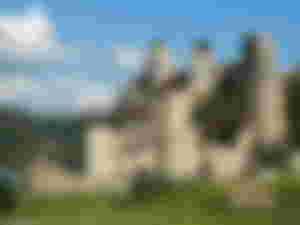
A superb fortress featuring multiple types of towers, both octagonal, square and circular, the Globulac fortress Source here (5).
The towers were not always as they are today however. They mostly started as squares and evolved with multiple sides after being reinforced later on. They are not connected together.
The river seen on its side is the Danube, one of the longest rivers of Eastern Europe. Needless to say, it had a tumultuous history. See this article for more details about it(5).
Dunstanburgh Castle, England (14th century)
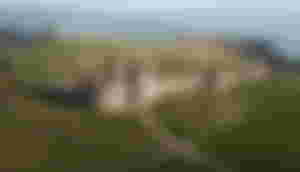
This castle now lies in ruins but probably built upon a site already occupied in the Iron Age. Like many others, it was improved upon many times and this one also has seen battles multiple times. Like the Suscinio Castle seen above, it was involved during the War of the Roses and changed hands between the Landcastrians and the Yortists factions.
Malbork Castle, Poland (early 1300s)

The beautiful red-bricked Malbrok Castle was a fortress of the Teutonic Knights, a German Catholic religious order of crusaders. The castle and its museum attract many visitors every year and when compared by land mass, Malbrok takes the top spot at the largest castle in the world.
During the 15th century, the castle and protected city was called Marienburg, in the name of Mary, the mother of Jesus Christ.
Bodiam Castle, England (1385)

Built by the Teutonic Knights of the Order after conquering old Prussia. Like many other castles in England, this one was also involved the War of the Roses.
The crenellations at the top of the wall and the murder holes are clearly visible. The photo was taken from the other side of the moat and shows the drawbridge, near the main Gate. This castle, however, does not have a keep. Instead the amenities were housed in the various defensive structures.
Château de Barbezieux, France (1453)
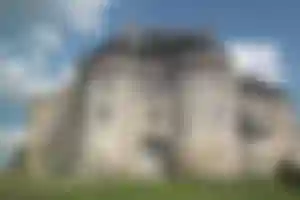
The traces of an earlier castle dating from the 11th century were present on the site of this small castle. This particular one was built upon the previous ruins in 1453. The keep was demolished at a later date. Many French families owned this castle successively; Families such as Barbezieux, La Rochefoucauld, d’Espinay de Duretal, Schomberg-Vignier, Richelieu, Le Tellier and Louvois.
Qaitbay Fort in Alexandria, Egypt (1477)

The Qaitby fort is interesting for many reasons. First, it was built the northern tip of Pharos Island, at a site which matches where the Pharos of Alexandria was located. Pharos does not refer to the Pharaoh, but to the word "Lighthouse". See my article about the 7 Wonders of Antiquity.
Also, given its ancient position serving as a lighthouse, it is located directly on the Mediterranean Sea.
Raglan Castle, Wales (15th to 17th centuries)
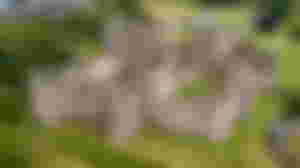
The long history of the creation of this castle is a good illustration of the growth of these buildings around the innermost buildings. A castle's growth is tied to the amount of treasure to be held safely within. And as such, what begins as a Manor purchased by an influential figure, transforms over time. Through generations and inheritances, new stones are added. Eventually, more towers are added and finally, maybe a few generations later again, an outer wall is built.

Coming Up Next
Next is the last part of this series on Castles. The previous article, Part II was still in the 11th and 12th century, the next part also progresses in time to look at castles from the 15th century onwards. Some modern marvels are in there... but also some fortifications I had missed previously. Don't miss out and subscribe today to see my next article. Thanks for reading!


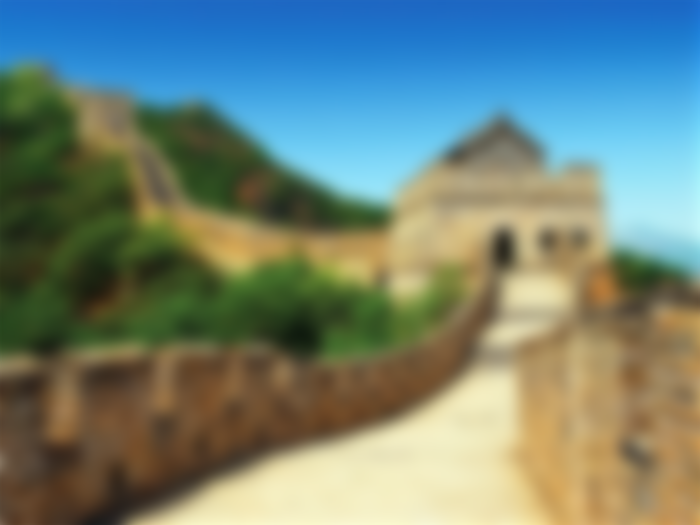
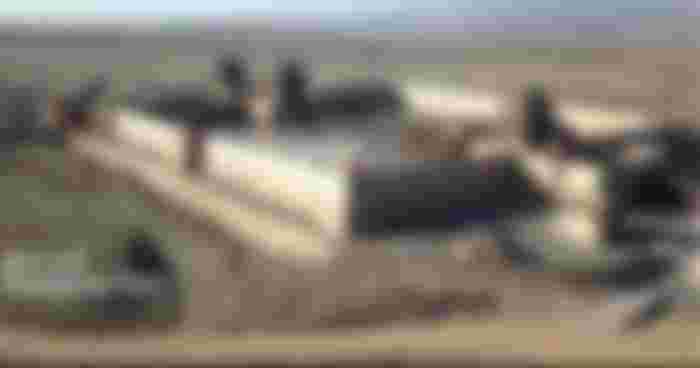
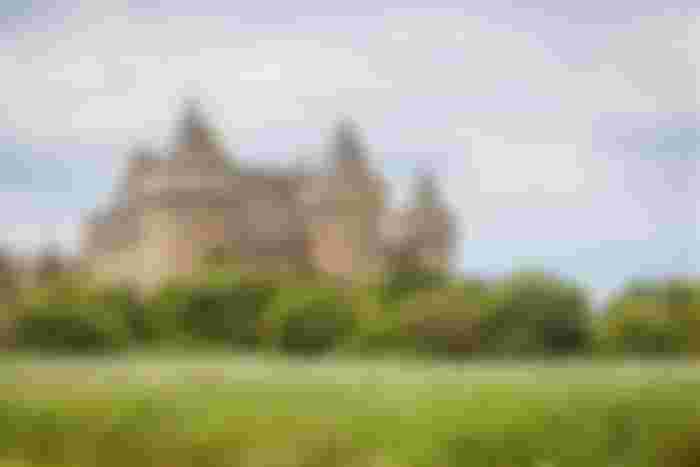
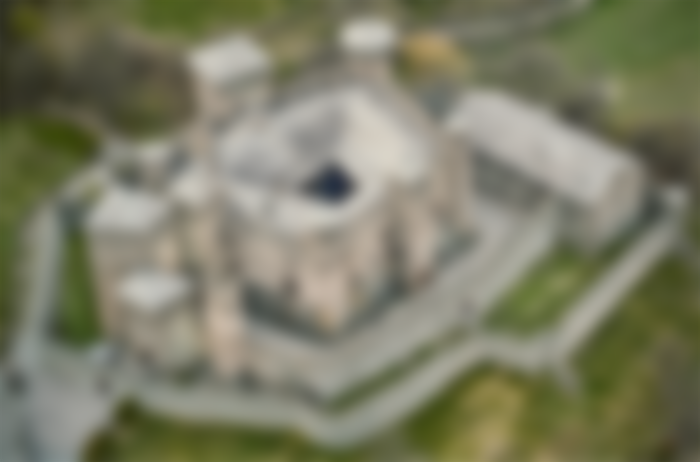
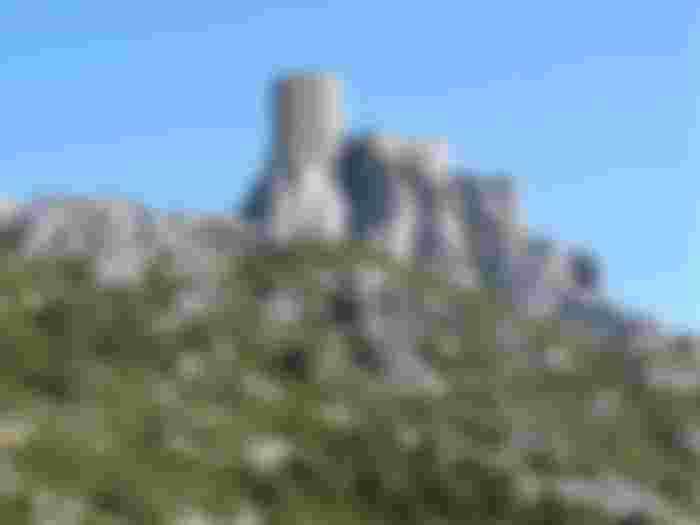

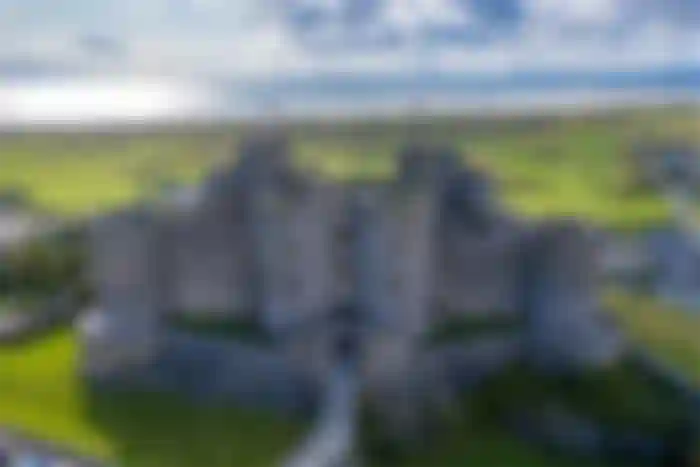
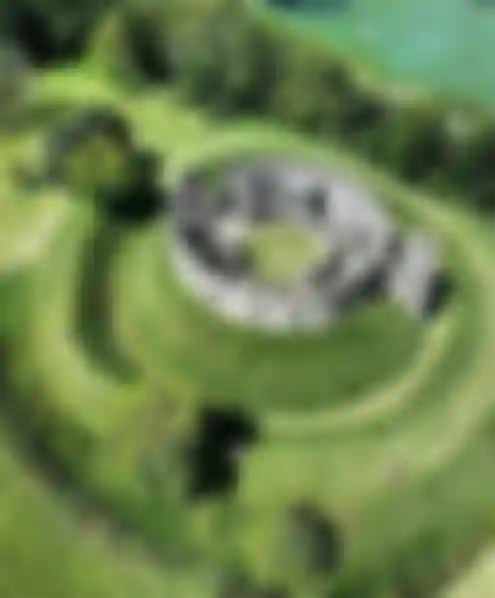
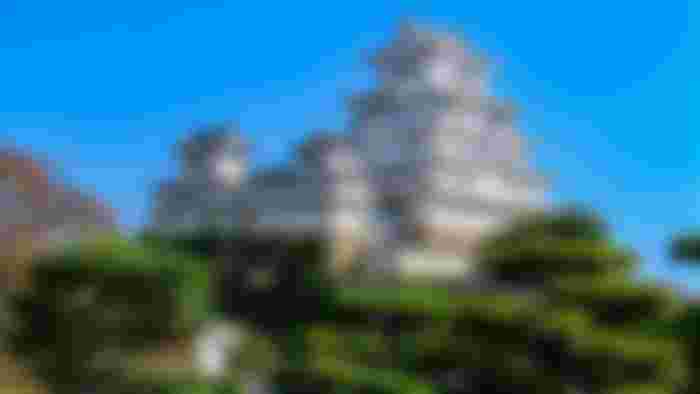

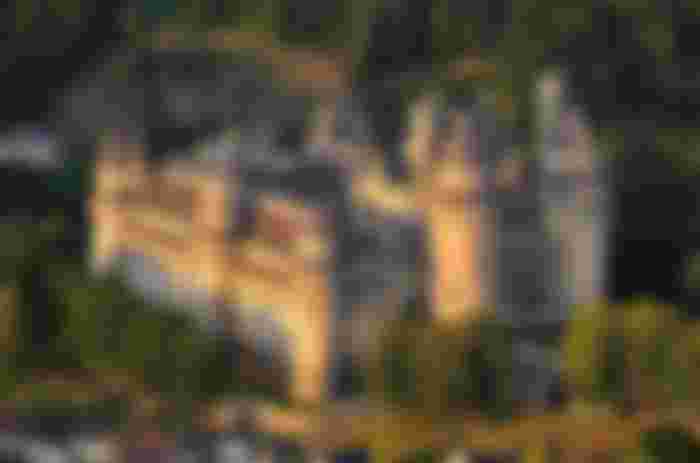
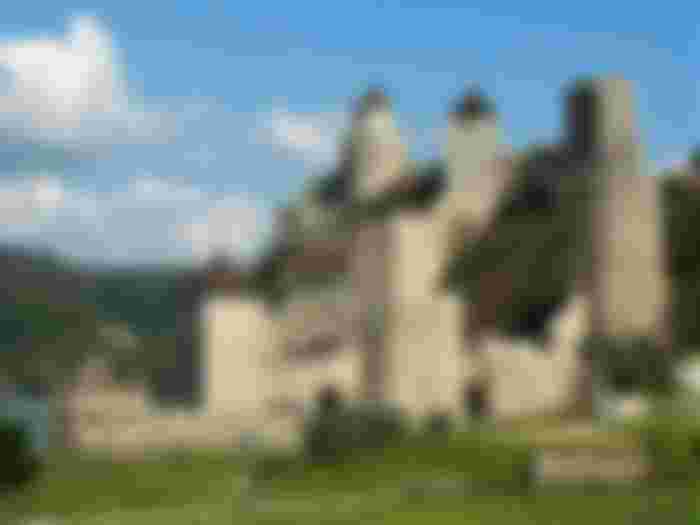
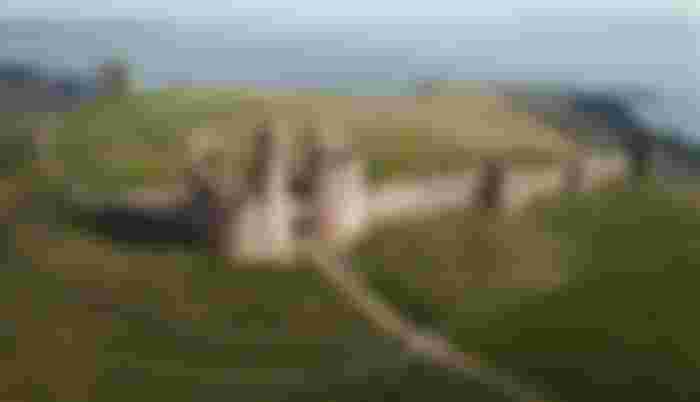
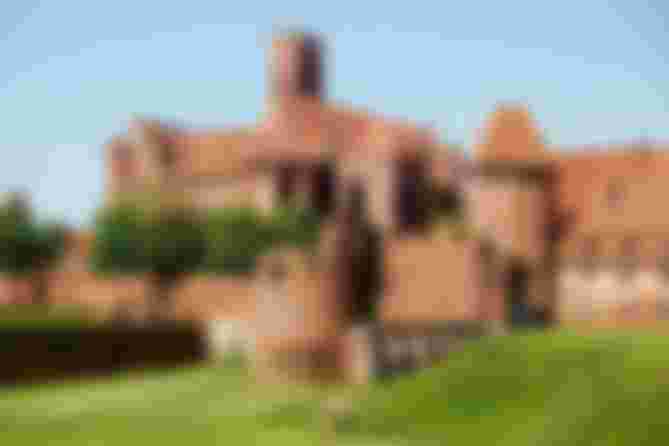
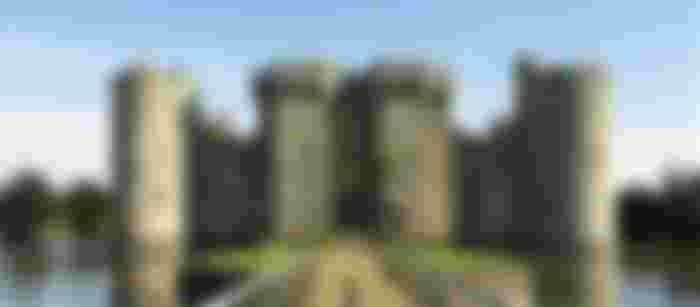

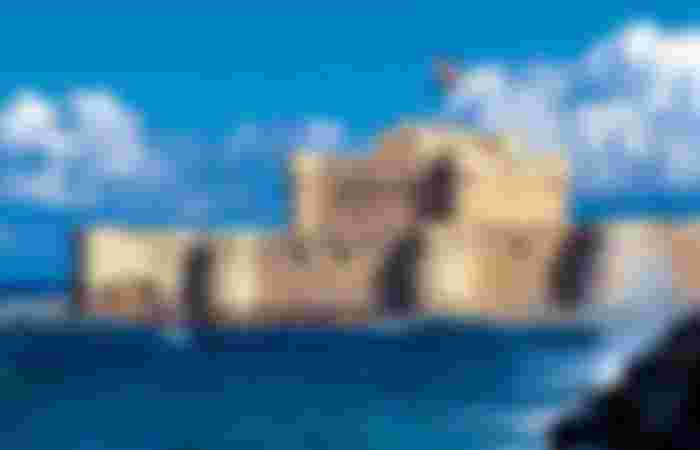
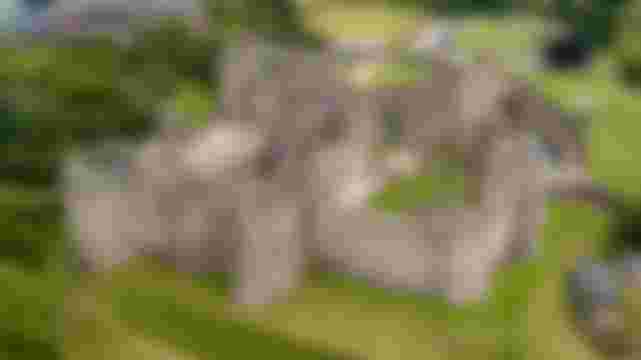

I have been reading this castle articles since the first part.. Is been fun and interesting reading them .. I love it.. You made me fall in love it.. Can't wait to read...